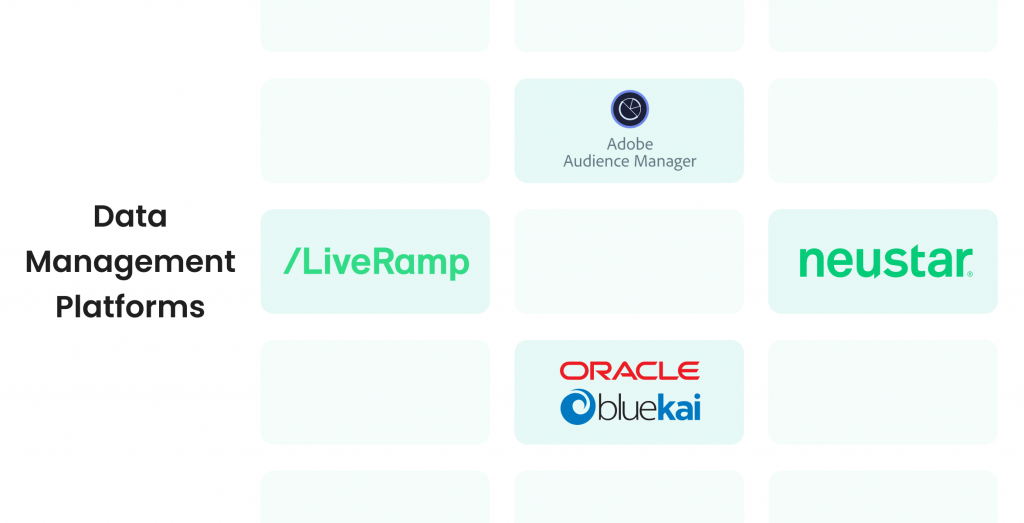Behind the Screens: A Strategic Look at Adtech Development

Introduction
Every time you see a targeted ad online, an intricate chain of technology has already done its job—within milliseconds. The seamless delivery of digital advertising isn’t magic; it’s the result of robust adtech development. As digital marketing grows more automated and data-driven, the demand for customized, scalable adtech solutions is higher than ever.
This blog explores the strategy, architecture, and innovation behind adtech development, and why mastering it is critical for any organization playing in the digital advertising space.
What Is Adtech Development?
Adtech development refers to the process of building, customizing, and evolving software systems that power the buying, selling, targeting, and measurement of digital advertisements. This includes platforms such as DSPs, SSPs, ad servers, attribution engines, audience segmentation tools, and analytics dashboards. It’s not just about coding platforms—it’s about engineering scalable, real-time ecosystems that can adapt to a constantly shifting media landscape.
Custom vs. Off-the-Shelf: Why Build Your Own?
While many businesses start with third-party ad platforms, there’s a growing trend toward in-house adtech development. Building custom adtech enables tighter integration with first-party data, greater control over privacy, and the ability to create unique value propositions. For example, retail media networks and large publishers are increasingly investing in their own stacks to own their monetization pathways and reduce dependency on external vendors.
Custom adtech development also helps businesses innovate—creating proprietary bidding algorithms, personalized ad formats, or predictive modeling tools that competitors can’t replicate.
The Architecture of Adtech Systems
Effective adtech development starts with a modular architecture. Most systems include real-time components (like RTB bid handlers), data processing pipelines, event loggers, decision engines, and analytics layers. High availability and low latency are critical: platforms must handle millions of requests per second and respond within milliseconds.
Modern architectures leverage microservices, distributed databases, message queues (Kafka, RabbitMQ), and stream processing frameworks like Apache Flink or Spark. The success of adtech development often hinges on your ability to balance scale, speed, and data accuracy in a cost-effective manner.
Integrating Privacy and Compliance into Development
Today, adtech development must account for user privacy from the ground up. Compliance with laws like GDPR, CCPA, and CPRA is no longer optional—it’s baked into the core of data architecture and business logic. Consent management platforms (CMPs), cookie-less tracking alternatives, and data anonymization techniques must be integrated into the development lifecycle.
In fact, privacy-by-design is becoming a competitive advantage. Teams focused on responsible adtech development not only reduce legal risk but also build trust with users and partners.
The Role of AI and Machine Learning
Artificial intelligence is rapidly transforming the scope of adtech development. From predictive bidding models to dynamic creative optimization and real-time fraud detection, machine learning is everywhere in adtech. Implementing AI into ad systems requires not just data science expertise but also infrastructure capable of serving models at scale with ultra-low latency.
Whether you’re using reinforcement learning for bid strategies or clustering algorithms for audience segmentation, the key to success is deploying models that learn continuously and deliver measurable lift.
Scaling Challenges in Adtech Development
Scaling is one of the toughest parts of adtech development. Platforms must be engineered to handle billions of events per day while maintaining reliability and responsiveness. Load balancing, caching, horizontal scaling, and traffic prioritization are all critical strategies.
Moreover, operational scalability—monitoring, logging, CI/CD pipelines, and incident response—must evolve in step with the codebase. Without strong DevOps practices, even the best-engineered adtech systems can quickly become brittle under pressure.
Future Trends in Adtech Development
The future of adtech development lies in three major areas: identity, contextual intelligence, and cross-platform unification. As the cookie crumbles, identity solutions using first-party data and device graphs will become critical. Contextual targeting will gain ground, requiring adtech developers to integrate natural language processing and semantic analysis.
Additionally, the convergence of mobile, web, CTV, and retail media is driving demand for unified platforms. The next generation of adtech development will focus on building holistic systems that deliver consistent, measurable outcomes across fragmented digital touchpoints.
Conclusion
Adtech development is not just about building software—it’s about creating the infrastructure that drives the entire digital economy. As the advertising landscape becomes more complex and regulated, companies that invest in agile, privacy-aware, and intelligent adtech systems will be best positioned for long-term success.
Whether you’re launching a new platform or scaling an existing one, the future of digital advertising will belong to those who understand the craft and strategy behind true adtech development.
